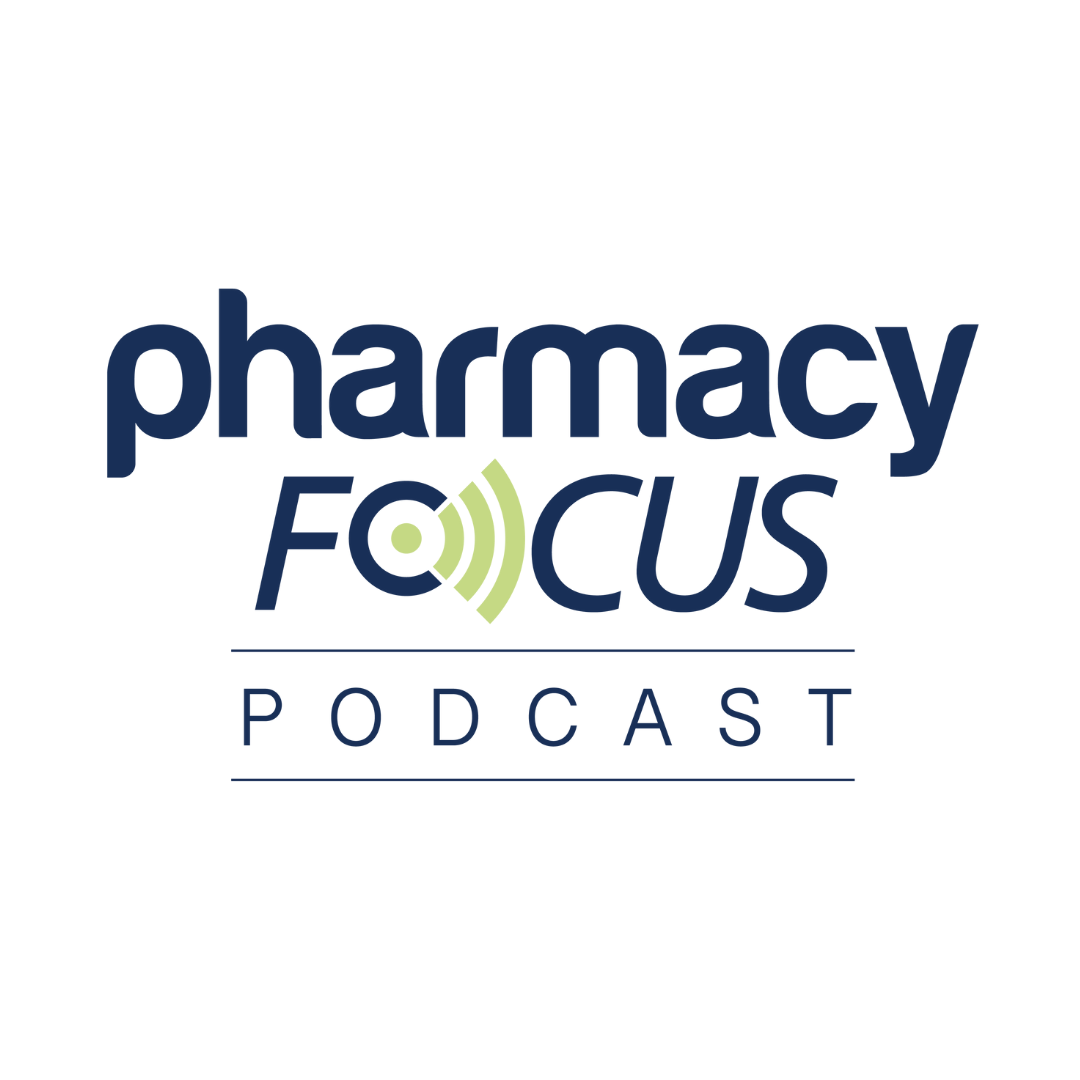Article
Are Student Pharmacists Prepared for Telepharmacy?
Students need to learn proper etiquette and technique for using telehealth to interview and assess patients.
Although telehealth is starting to find its place in the pharmacy realm, are student pharmacists prepared to interact with patients through technology that most equate to FaceTime?
Just like how face-to-face patient interaction is taught throughout pharmacy school, students need to learn proper etiquette and technique for using telehealth to interview and assess patients. Unfortunately, technology like FaceTime and Skype has given telehealth a casual connotation.
Emphasis needs to be placed on privacy, professionalism, and verbal expression of care when engaging in telehealth practices. However, not all of these skills seamlessly transfer from face-to-face encounters to telepharmacy ones.
Studies show telepharmacy increases medication adherence among specialty patients and allows more MTM services to be conducted in rural populations. It has also proven cost-effective, and it appears to be here to stay.
However, telehealth was rarely mentioned within my pharmacy school’s curriculum. I had mild exposure from working in a community pharmacy, where I encountered a physician from California calling in a prescription for a patient in Virginia after the physician had met with the patient via a telemedicine appointment.
Recently, I received the opportunity to learn more about telehealth through the Eastern Virginia Medical School Standardized Patient Program. These standardized patients are highly-trained actors who mimic conditions and react in ways a normal patient may react to provide realistic learning experiences.
Through this experience, I witnessed the key facets of telehealth firsthand. The first is the technology in terms of ensuring the sound is adequate, especially when speaking with older patients. The second is the environment, which includes making sure the spaces where the health care provider and patient are calling from are private and void of distractions.
After this simulated telehealth experience, the standardized patients provided personal feedback, mentioning a lack of empathy. During face-to-face consultations, we often lean in, change the tone of our voice, and even reach out to touch the patient to show empathy. Unfortunately, many of these things aren’t possible via telemedicine, so verbal and exaggerated empathy are necessary in order for it translate.
Fortunately, I had the opportunity to participate in a second simulation after hearing all the feedback. Needless to say, it was much more seamless the second time around. I first addressed technical issues by doing sound checks and ensuring the patients could hear. Then, I used empathetic speech more often to show engagement and understanding. Lastly, I expressed to the patient that I was listening even when writing or typing notes. With so much physical distance between both telehealth parties, it’s necessary to stress your full engagement throughout the process.
Although students may be able to complete a telepharmacy consultation without any prior experience, their learned skill level is significantly lower than it is for face-to-face consultations. As the field of pharmacy expands to include telepharmacy services, these skills should be introduced in the pharmacy school curriculum to increase students’ comfort and proficiency levels with this technology.
In the meantime, here are some tips for students engaging with telehealth:
- Be cognizant of facial reactions. The patient may have the view set up to zoom in on your face.
- Stress that you’re alone or with other necessary health care providers so the patient feels comfortable and knows the process is confidential.
- Practice looking directly into a camera when speaking. Eye contact is still very important.
- Check the audio and make sure your patient can hear you. Speak louder if necessary.
- Although you may need to speak louder, be aware of your tone. The patient may perceive it as yelling.
- Use empathetic language.
- Be fully engaged. Let patients know if you plan to take notes while they’re speaking to ensure they don’t feel ignored.
- Ask the patient for feedback on the experience and areas for improvement.
- Use all the professionalism skills you were taught for face-to-face interactions.





